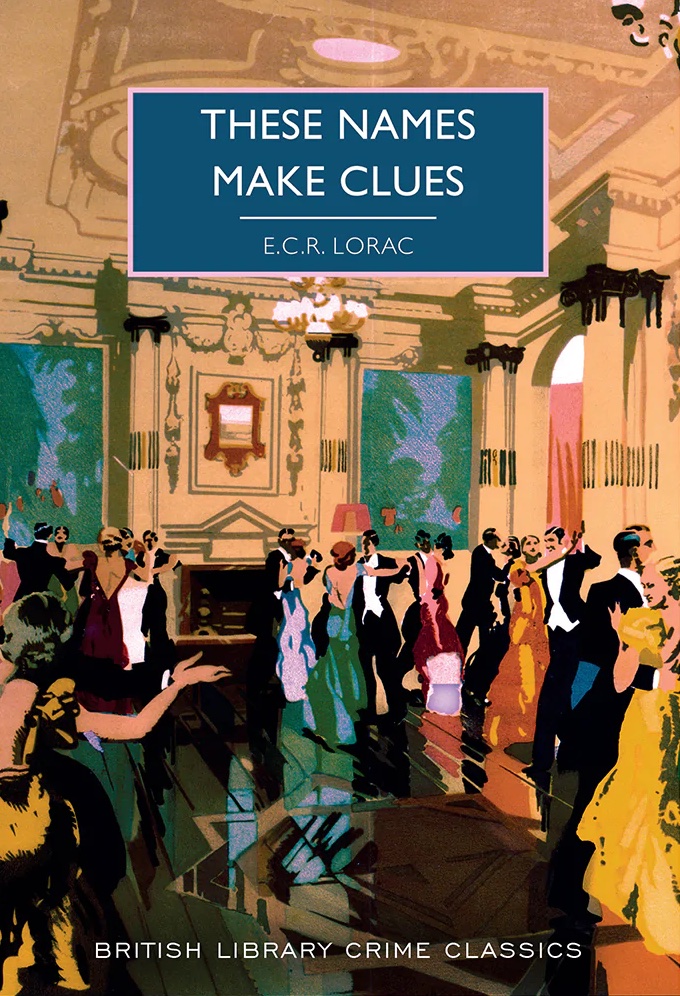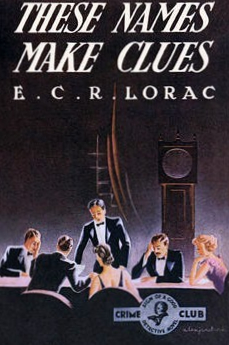
Chief Inspector MacDonald is invited to an unusual party. Literary publisher Graham Coombe arranged a scavenger hunt with wordy clues and each of the guests are using a pseudonym. MacDonald quickly surmises that they are all authors managers by the publishing house, though it takes some time for him to figure out just who is who.
The guests are “introduced” to one another, and a few acknowledge that they know one or two, but most are strangers and intend upon hiding their true identity until the unmasking part of the game. In the meantime, they are each sent around the country estate with cryptic clues, full of puzzles and puns, to unravel, which will lead them to the next clue. Unfortunately for the players (and the nerdy reader who enjoys solving the riddles), a brief electrical outage reveals a dead body in the telephone room. The frivolity quickly ends and MacDonald is forced back into detective-mode.

Coombe shares the true identity of the victim, and the guests begin to share their own as well. Like any good detective in a 1930s country house murder mystery, he interviews the witnesses, one by one, and tries to put together a timeline of the moments before the power goes out and immediately after. He also discovers the likely cause of death is a deliberately stripped wire, set to electrocute (and plunge the house into darkness).
Two abnormal events happened, apparently simultaneously. The current failed, leaving the house in total darkness, and a man was found dead. Perhaps darkness makes me suspicious. We all react to it someway. I felt that something was wrong. ~ Pg. 53
E.C.R. Lorac began her long career as a mystery writer in 1931. By the time These Names Make Clues came out in 1937, her Inspector MacDonald was a very familiar character with a dozen cases to his name already. It was also written shortly after she was elected to the prestigious Detection Club, made up of other Golden Age of Detective Fiction writers.

Here Lorac employs the ‘closed circle’ scenario for her mystery. The crime can only have been committed by a small group of people present on the page. This limited number of suspects can slowly be eliminated one by one as evidence and motive is uncovered. The Detection Club also prided itself on adhering to a certain set of rules when writing their mysteries. These rules were meant to keep it fair for the reader. All the clues had to be there, for the eagle-eyed to suss out. That included the murderer.
These Names Make Clues does follow the rules, even if the main clue is somewhat convoluted. Technically it is there. But as unlikely as it is that a reader will solve it, it’s still great fun watching it unfold. MacDonald and his chief are quite funny in their asides. And it still doesn’t dampen my desire to attend a 1930s vintage English country house weekend (without the murder).
My thanks to Emily and Mandy at Sourcebooks for the review copy. It’s much appreciated.
Publisher: Poisoned Pen Press (November 1, 2022)
Language: English
Paperback: 272 pages
ISBN-10: 172826118X
